// NEWS RELEASE
Paper Spray: An Emerging Soldier-Protection Technology That is Getting Noticed in Science Journals
CCDC Chemical Biological Center Public Affairs | April 19th, 2018
Paper Spray: An Emerging Soldier-Protection Technology That is Getting Noticed in Science Journals
DEVCOM CBC Public AffairsApril 19th, 2018
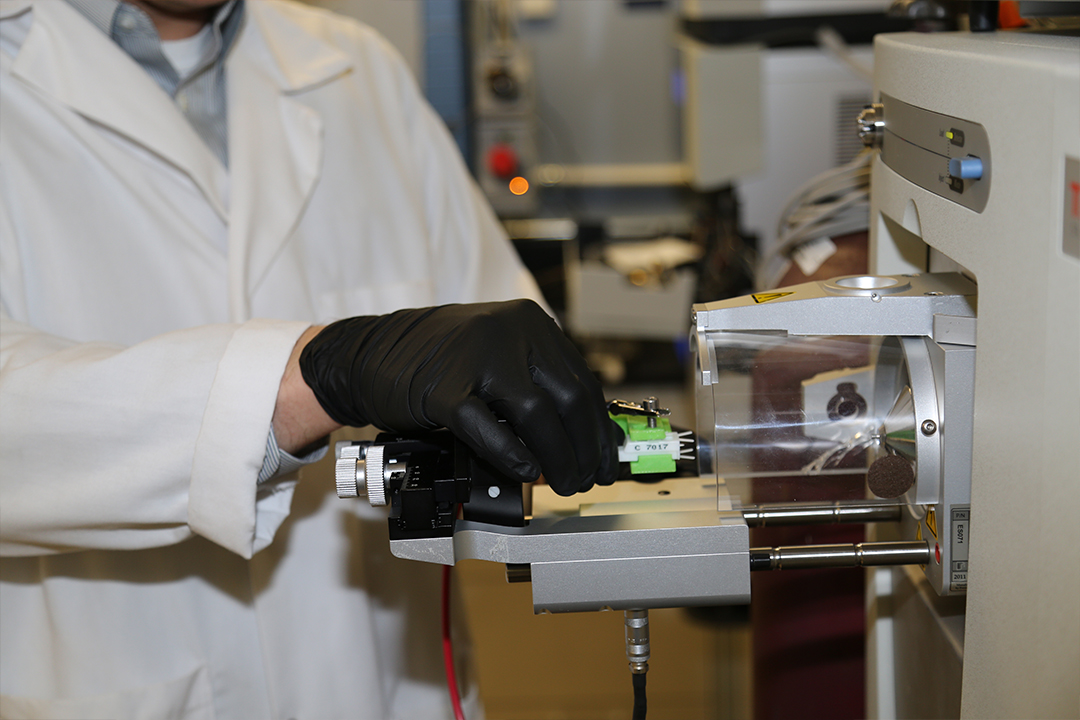
An ECBC scientists inserts a paper spray cartridge into the portal of a mass spectrometer in order to analyze a liquid sample placed on filter paper.
A team of Edgewood Chemical Biological Center (ECBC) scientists is developing two new methods of detecting the presence of chemical and biological agent, one by using just a drop of liquid on a piece of filter paper, and the other by using a pump to draw an air sample through paper. The technology is called paper spray, which the team is developing in collaboration with Indiana University-Purdue University in Indianapolis, Ind.
The first method detects indications of human exposure to a chemical agent in any liquid, such as blood or urine, by placing a drop onto a piece of standard laboratory-grade filter paper. The paper is housed inside a plastic cartridge for easy transport, and the cartridge is then inserted into a mass spectrometer to be analyzed. This research is published in the highly prestigious scientific journal, Analyst, and recently received top honors for being the journal’s most downloaded research article of 2017.
Once fully developed, a Soldier only needs to place the disposable plastic cartridge in a pocket. Samples stored on the paper are stable at room temperature, even biological samples, and no further sample preparation is required for analysis. Once in the laboratory and inserted into an autosampler, a charge of electricity is applied to the paper which turns the sample into droplets that a mass spectrometer can analyze for the presence of agent.
Unlike other analytical methods, the Soldier taking the sample need not know anything about the type of threat. The paper spray results are ready in 60 seconds or less once inserted into a mass spectrometer. The ECBC research team even developed a form of paper that can analyze large biological molecules, thus allowing for this technique to also be used to detect protein toxin threats.
A limitation to quickly fielding this method as a fast, all-hazards, easy-to-use detection technology is the mass spectrometer. Currently, analytical grade mass spectrometers average 300 to 500 pounds, they are delicate, and they are typically operated out of a brick and mortar or mobile laboratory, which could be many miles away from the Soldier and the point of sampling.
“One of the goals is to develop a ruggedized, miniaturized, man-portable mass spectrometer, ideally weighing no more than twenty pounds that is amenable to the paper spray technique,” said Trevor Glaros, Ph.D., who leads the research team. “It can easily travel with the Soldier’s unit and perform analysis at the sampling location.”
The other avenue of research is described in an article the team published in Analytical Chemistry, the most-cited chemical journal in the world. This method detects chemical and biological threats in the air. The current method for chemical threats uses the Depot Area Air Monitoring System, or DAAMS. It is an older technology that relies on glass tubes and can take as long as six to twenty-four hours to provide results for ultra-low levels of agent. It is also too large and cumbersome for use on the battlefield.
The method Glaros and his team are developing uses a miniature pump to draw air through the same paper used in the liquid method. “It takes only two minutes to draw a sample and another minute to analyze, providing near real-time monitoring,” said Elizabeth Dhummakupt, Ph.D., another member of the team. “Also, it can detect chemical agents below levels deemed safe for long-term, chronic exposure.”
Currently all the work performed by the team has been done using one-off prototypes of the cartridge that holds the paper tickets. They plan to work with ECBC’s Additive Manufacturing team using 3D printing to perfect its design and to develop a cover to protect the paper ticket containing the sample as it is carried around in a pocket.
Also, just as with the liquid technique, this approach needs to have a rugged, miniaturized mass spectrometer nearby to avoid losing time transporting the cartridge to a distant stationary laboratory. Since all the work has been performed using analytical grade instrumentation, the research team also needs to test their detection systems on commercially available miniaturized mass spectrometer systems. Finally, they need to make sure the data generated is interoperable with the Army’s larger command and control communications platform.
Research Team Profiles
The articles Glaros and his team published can be viewed at:
- http://pubs.rsc.org/en/Content/ArticleLanding/2017/AN/C7AN00144D#!divAbstract
- https://pubs.acs.org/doi/full/10.1021/acs.analchem.7b02530.
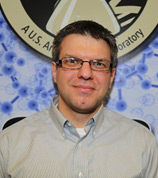
Trevor Glaros is a molecular biologist and an expert in mass spectrometry. He received his Ph.D. from Virginia Tech and presently oversees the BioSciences Mass Spectrometry Facility at ECBC. He completed a post-doctoral fellowship at the Frederick National Laboratory and at the United States Army Medical Research Institute for Infectious Disease. He currently performs research on forensics, proteomics, and metabolomics.
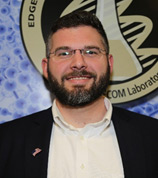
Phillip Mach works as an analytical chemist and received his Ph.D. from the University of North Texas developing a highly sensitive portable vapor sensor using mass spectrometer-based detection. He has deployed a developed prototype mass spectrometer in the harsh environment of Antarctic and has been featured on the Discovery Channel.
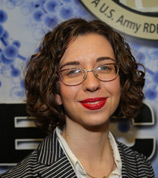
Elizabeth Dhummakupt is an analytical chemist and received her Ph.D. from the University of Florida developing ambient ionization methods for analysis of dried blood spots. Upon graduation, she took a post-doctoral position in the National Institutes of Health-funded Southeastern Center for Integrated Metabolomics where she specialized in developing untargeted metabolomics methods using liquid chromatography/high resolution mass spectrometry and processing large datasets. She joined ECBC as a National Research Council post-doctoral fellow in May 2016.
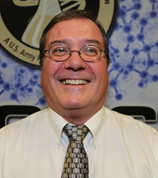
Michael W. Busch is an analytical chemist in the Biosciences Mass Spectrometry Facility. His analytical experience includes toxicology, chemical demilitarization, hazardous materials testing, research and development, and EPA sampling and testing.
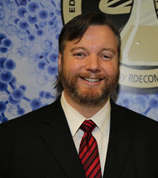
Dan Carmany has nineteen years of experience working as a molecular biologist. He received his Masters of Science degree from Brigham Young University in 2001 for his work on phosphate regulation in bacteria. Mr. Carmany has spent the last five years studying the toxicological effects of chemical warfare agents and detection platforms.
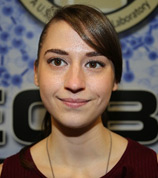
Gabrielle Boyd is a research scientist who graduated from the University of Maryland, Baltimore County in 2015 with a B.S. in Biology. Ms. Boyd started her career supporting the BioTechnology branch in 2014 as a summer student. During this time she worked on projects with a focus on cell culture and protein purification work. In 2016 she joined the BioDefense Branch, where she currently supports all proteomics efforts with the BioSciences Mass Spectrometry Facility.
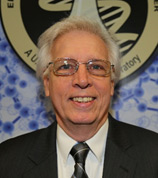
Paul Demond has more than 40 years of experience in mass spectrometry. Mr. Demond started his career in the petroleum industry and spent more than 30 years working for Hewlett Packard and Agilent Technologies. He joined ECBC in 2008 to integrate instrumentation into mobile laboratories for field forward chemical detection. Mr. Demond joined the BioDefense team in 2014 and currently supports all ongoing efforts within the BioSciences Mass Spectrometry Facility.
The U.S. Army Combat Capabilities Development Command (DEVCOM) leads in the discovery, development and delivery of technology-based capabilities to enable Soldiers to win our nation’s wars and come home safely. DEVCOM is a major subordinate command of the U.S. Army Futures Command. The DEVCOM Chemical Biological Center is the Army’s principal research and development center for chemical and biological defense technology, engineering and field operations. The DEVCOM Chemical Biological Center is headquartered at Aberdeen Proving Ground, Maryland.
